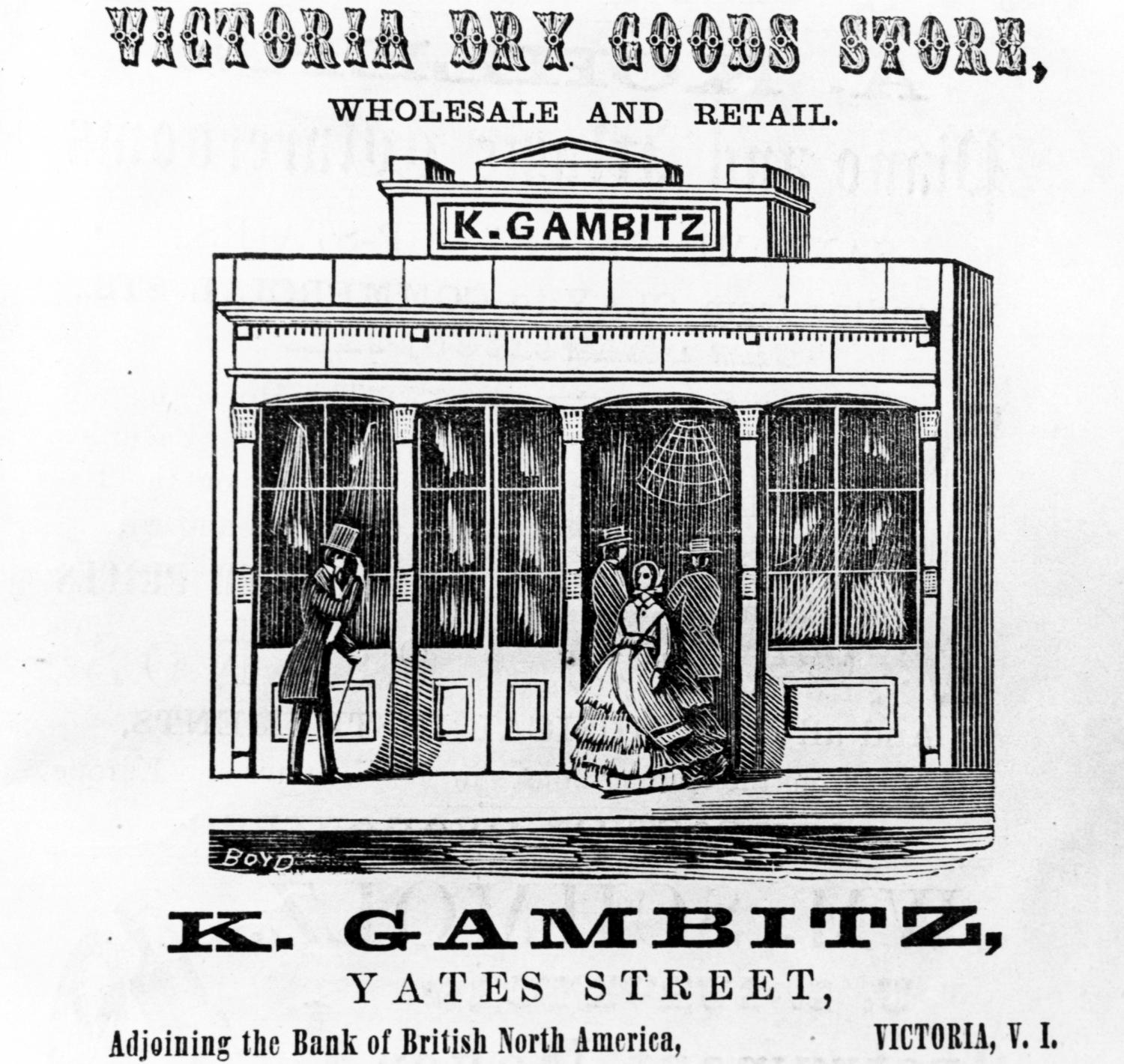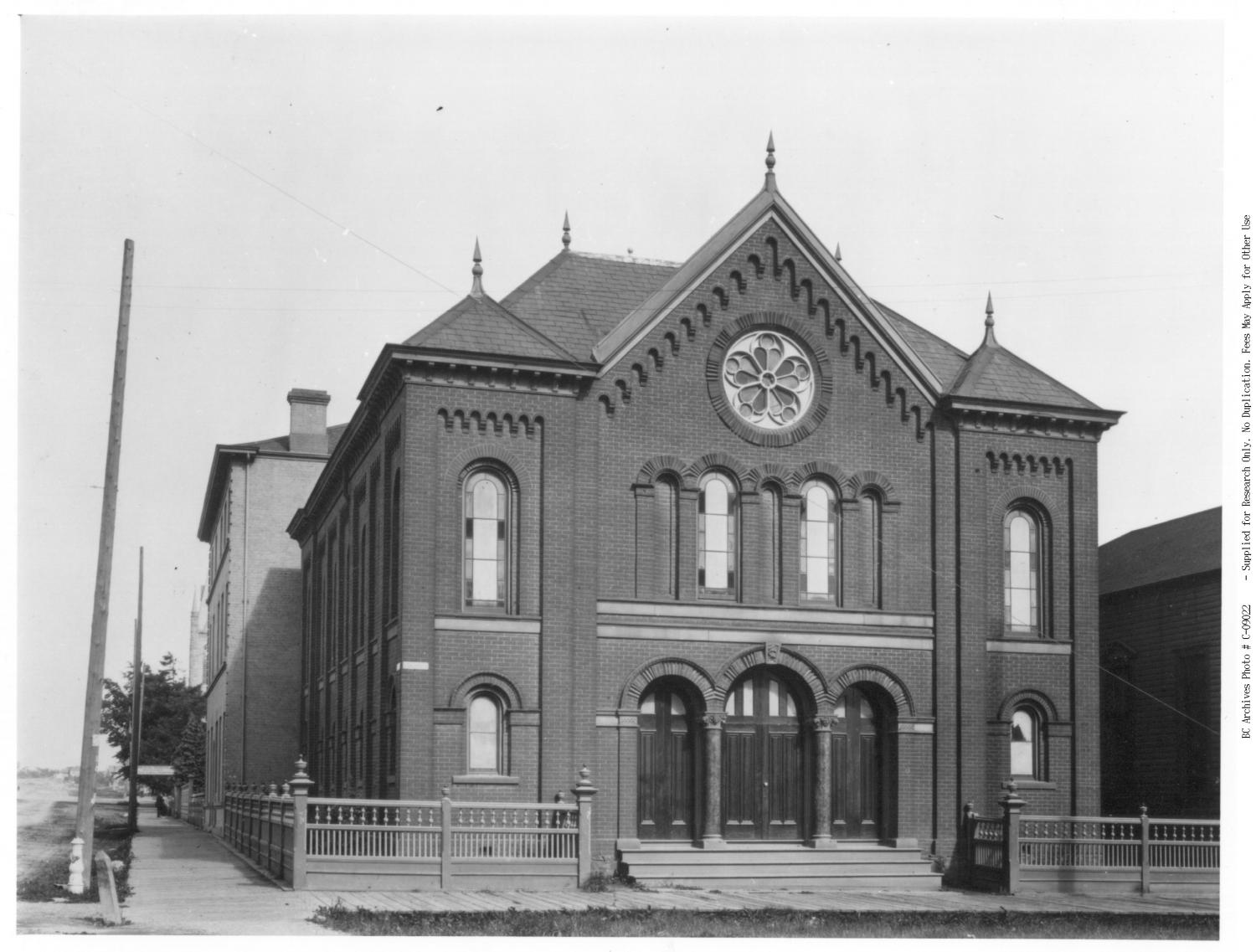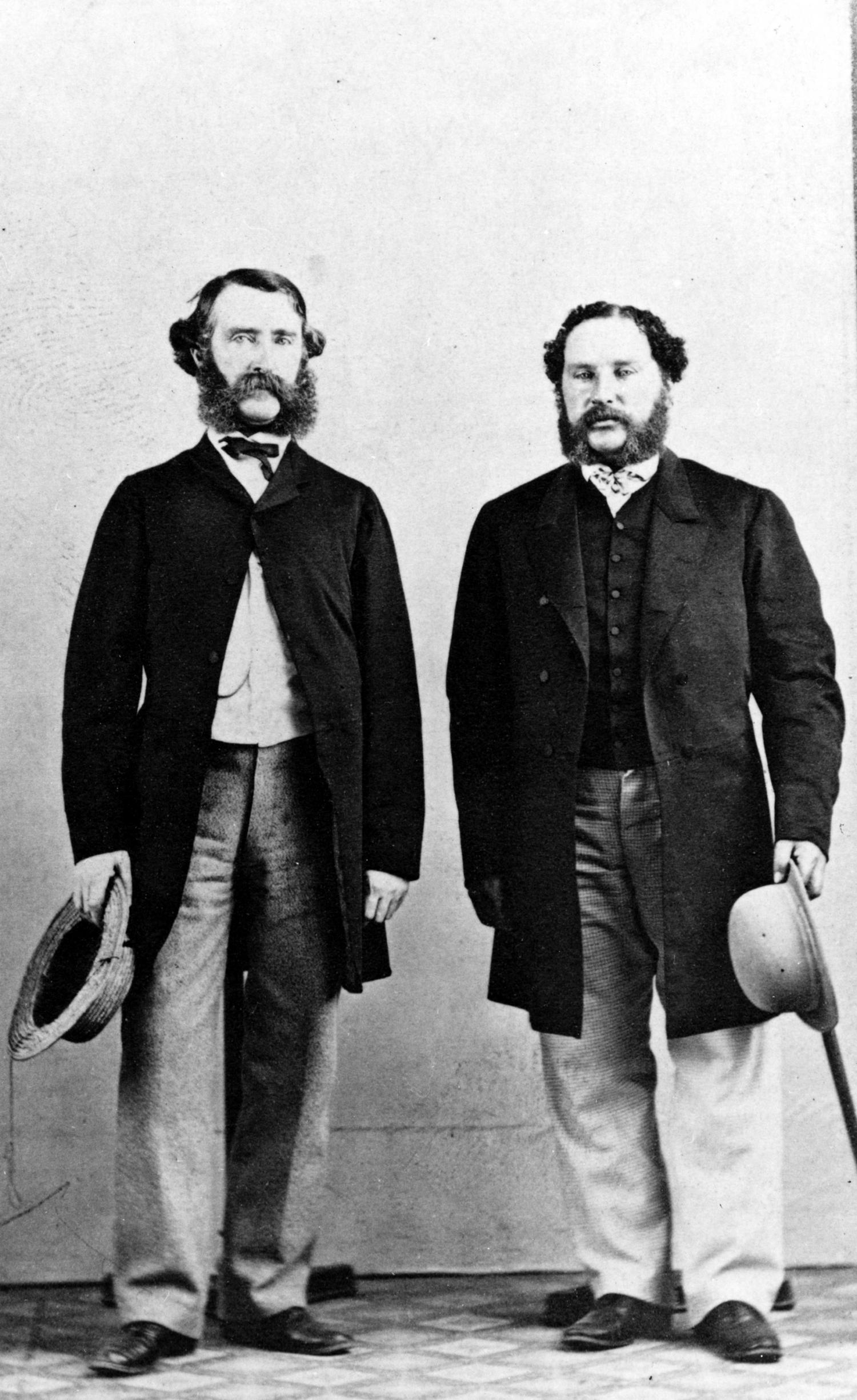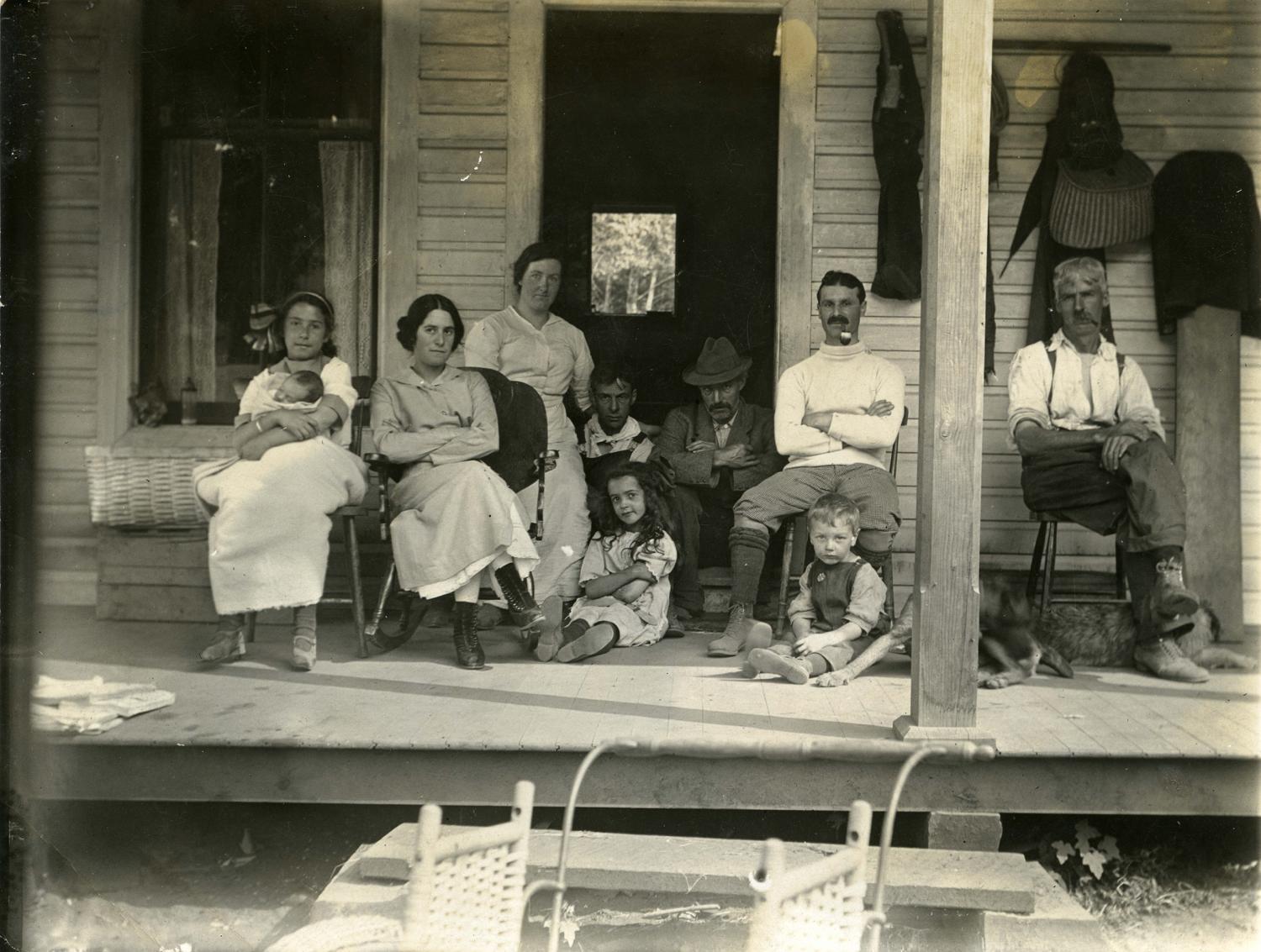B.C.’s First Synagogue
Congregation Emanu-El becomes the centre of Victoria’s early Jewish community
Date: 1862
Victoria’s first Jewish residents arrived in 1858 on boats from San Francisco packed with prospectors. Word had just gotten out about gold discovered on the Fraser River, and a mad dash for the precious metal had transformed Victoria from a small trading outpost into a requisite stopping point for tens of thousands of people. Like the gold seekers, these early Jewish immigrants came to British Columbia for economic opportunity. However, for many of them, fortune wasn’t in gold but the promise of the fast-growing frontier town itself.
A small, motley Jewish community soon formed and set down roots. They worked in various industries: supplying itinerant miners with necessities, selling fur, trading with local First Nations, running saloons and providing accounting services to the rest of the city. While the Jewish population — around a hundred at the time — supported one another personally and professionally, they were by no means insular. Indeed, they were warmly received in most circles and respected for their entrepreneurial expertise and industriousness. Many had professional connections to San Francisco that facilitated the flow of capital and cemented Victoria’s status as a commercial hub. Their successful integration was a far cry from the antisemitism that had long pervaded much of Europe. It was a particularly welcome change for those who had fled countries like Russia and Poland.
But pioneer life in Victoria’s early days was also demanding, and adherence to traditional Jewish practices, like eating kosher foods and observing Shabbat, or the Sabbath, was more relaxed than in Jewish communities elsewhere. Nevertheless, the High Holy Days (Rosh Hashanah, the Jewish New Year, and Yom Kippur, the Day of Atonement) were observed that first autumn of 1858.
However, an official house of worship would only come five years after Jews first arrived in Victoria. Congregation Emanu-El officially formed in 1862, and construction on the synagogue began the following summer. For the small number of the city’s Jews, it was an ambitious endeavour. The building alone cost more than $9,000 at the time — worth over $200,000 today — necessitating a good deal of fundraising. Seventy percent of all donated money came from Victoria’s non-Jewish, or gentile, population, a testament to the sense of interfaith unity that had already been cultivated in the city. When the cornerstones were laid in a public ceremony on June 2, 1863, Samuel Hoffman, the congregation’s vice president, addressed a multilingual crowd, made up of Jews and gentiles alike: “Circumstances may have bid us thus to leave relatives, friends and home to wander forth to a strange land, yet, as I behold this scene before me, hope shines more serenely bright.”
The temple was completed that September — in time for the High Holy Days of 1863. In more ways than one, the large brick structure was an expression of faith: faith Victoria would thrive for years to come, and faith it would remain a welcome home to the Jewish community. Both proved true. Until the late 19th century, when Vancouver became the province's economic and population centre, Victoria was the heart of Jewish life in B.C. Today, five congregations operate on Vancouver Island, serving a Jewish community that features a range of denominations numbered just under 3,000 in 2011.
Meanwhile, Congregation Emanu-El still holds services in its original building. It remains the oldest house of worship in British Columbia and the oldest synagogue in continuous use in Canada.
Sources:
- Balcombe, Erika. “On These Shores.” Jewish Museum & Archives of British Columbia, 25 Feb. 2016, jewishmuseum.ca/exhibit/on-these-shores.
- “British Columbia.” Jewish Virtual Library, American-Israeli Cooperative Enterprise (AICE), www.jewishvirtuallibrary.org/british-columbia.
- “Community Profiles.” Jewish Federations of Canada - UIA, 2011, www.jewishcanada.org/community-profiles.
- “History.” Congregation Emanu-El, congregationemanuel.ca/history. Accessed 18 Mar. 2021.
- McDonnell, Lillooet Nordlionger. Raincoast Jews: Integration in British Columbia. Canadian First, Midtown Press, 2014.
- “Resources.” Jewish Federation of Victoria & Vancouver Island, 30 Dec. 2020, jewishvictoria.ca/community-resources.
- “Temple Emanu-El History Summary.” Congregation Emanu-El, 1 Sept. 2011, drive.google.com/file/d/1cffMbCvnV5TmsSPmb_oBiygOnjJ9pw_Z/view.





